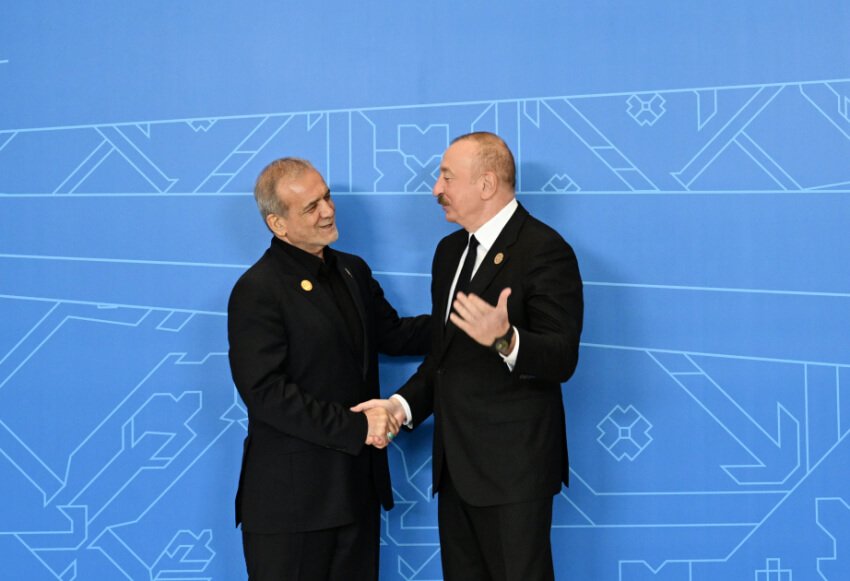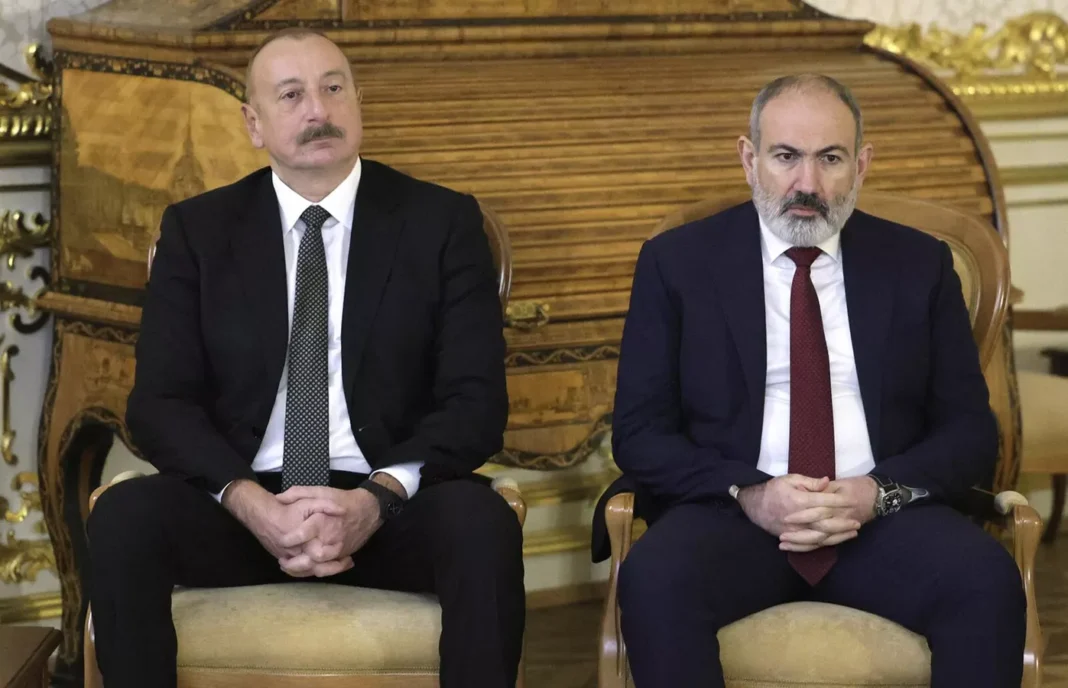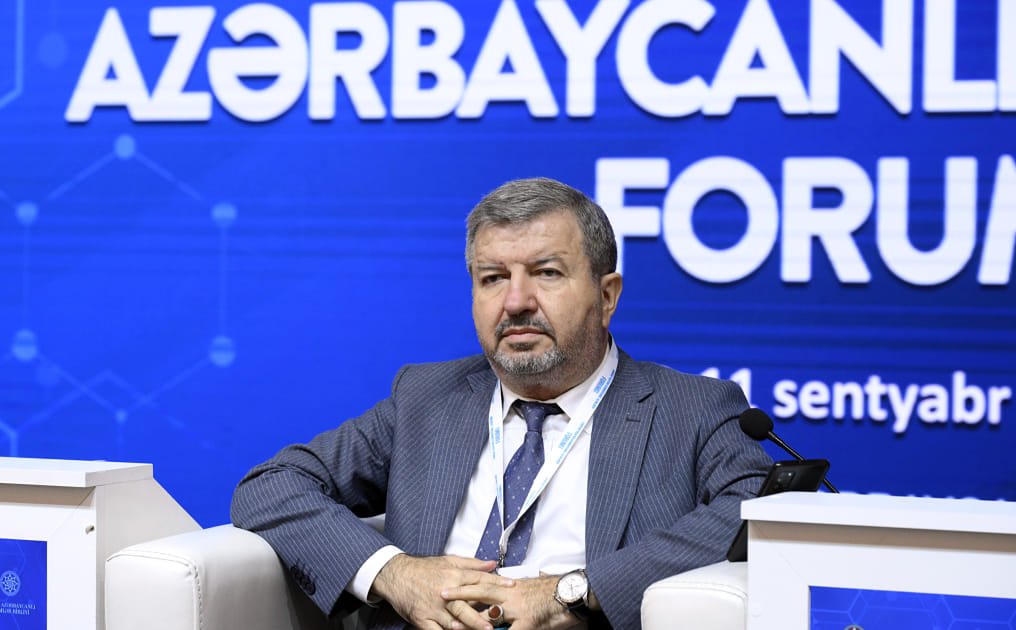A single remark by Iranian President Masoud Pezeshkian at a rally in Zanjan — “If we cannot be friends with Azerbaijan, and Israel does it instead of us, then we are the ones to blame” — has triggered a political storm in Tehran.
For some, it was a call for common sense and diplomacy. For others, it was near-treason against national interests. The fierce backlash in parliament and the media revealed that relations with Azerbaijan have become more than a matter of foreign policy — they are now a marker of a deep internal divide in Iran between the past and the future, between a strategy of confrontation and Pezeshkian’s vision of a new regional peace architecture.
Tehran MP Hamid Rasai accused the president of undermining national unity, hinting at his ethnic Azerbaijani origin. Alongside personal attacks, criticism also focused on Azerbaijan itself. But analysts say the reality behind this uproar lies elsewhere.
Political analyst Farhad Mammadov told Minval Politika that Pezeshkian’s words came amid a profound shift in Iran’s foreign policy.
“With the fall of Bashar al-Assad’s regime, the defeat of Hezbollah, and the weakening of Shia militias in Iraq, the entire infrastructure and ideology of the so-called ‘axis of resistance,’ which Iran had been building for over 15 years, is collapsing,” Mammadov explained.
According to him, Tehran poured tens of billions of dollars into this project — in military, financial, and diplomatic resources — but recent events, including strikes on Iranian territory during the war with Israel, have triggered a domestic crisis.
“Iran’s airspace is no longer secure, and attacks on military sites inside the country have become a reality. This has sparked debate among the political elite about the country’s future and a possible strategic reset,” he said.
Two Paths for Iran
Mammadov describes two competing strategies emerging in Tehran.
The first — constructive — is promoted by Pezeshkian: normalizing relations with neighbors, ending costly expansionism, and redirecting resources toward improving Iranians’ lives. As an ethnic Azerbaijani, Pezeshkian’s background is used against him by opponents, but his diplomacy is consistent — he has already visited Azerbaijan and Pakistan, is planning a trip to Armenia, and seeks stronger ties with Turkey.
The second — conservative-radical — is the camp that built the “axis of resistance” and pursued regional hegemony. That model is now in crisis, its achievements crumbling under pressure from Israel, the U.S., and their allies.
“This group has managed vast budgets for over 15 years, all in the service of regional dominance. Now, they are fighting for survival — and using the Azerbaijan issue as a weapon against Pezeshkian,” Mammadov noted.
A Symbol, Not the Cause
According to the analyst, the president’s ethnic heritage, his visits to Baku, and his calls for dialogue are framed by hardliners as weakness or betrayal — but in reality, they are part of an internal struggle over power and resources.
“Tensions over Azerbaijan are not the cause of division within Iran’s elite. They are a symbol of a much deeper transformation,” Mammadov stressed. “This is not just a dispute over foreign policy; it is a debate about Iran’s future — whether it will continue to seek dominance through force, or build good relations with its neighbors and focus on solving its internal problems.”










